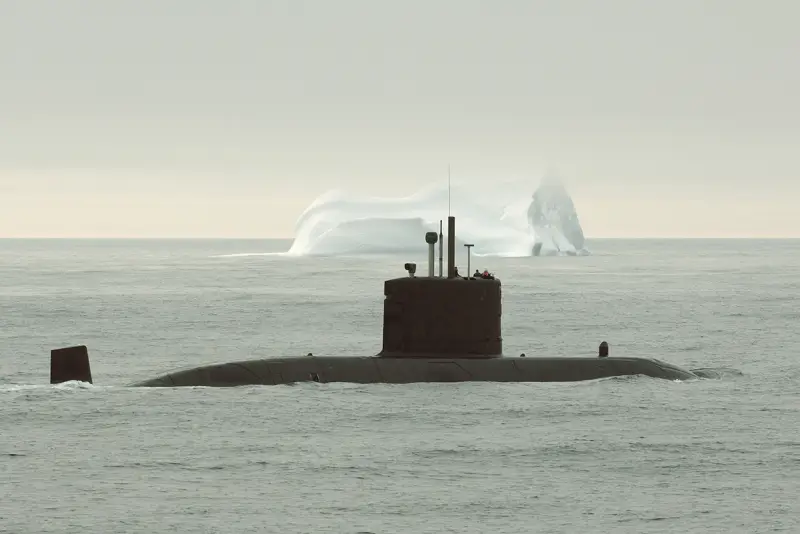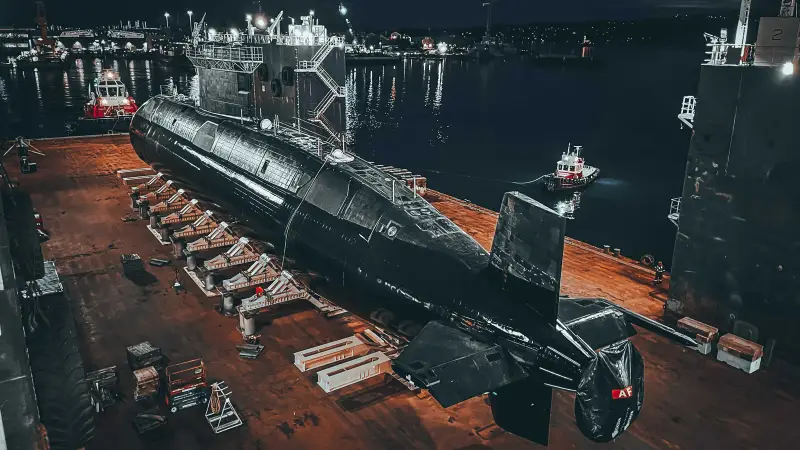
Canadian authorities have set a course for modernizing their troops . At the moment, the main resources are being directed toward developing naval forces, which are supposed to “contain” Russia in the North Atlantic and the Arctic.
– says a study by the Canadian Global Affairs Institute (CGAI).
As noted, the country’s navy currently has four Victoria-class diesel-electric submarines, but they are “rapidly becoming obsolete.” These submarines were previously in service with the British Navy and were delivered to Ottawa between 2000 and 2003. The fourth submarine suffered a fire during transportation to Canada in 2004, which delayed its acceptance into service until 2015.
Currently, these diesel-electric submarines are undergoing various improvements to maintain their operability until the mid-2030s, after which they will be decommissioned.
– the study notes.

Canadian authorities have decided to respond to the Russian “threat” by purchasing a dozen new submarines. The Canadian government has launched the process of acquiring up to 12 submarines, asking their manufacturers to provide information on their products by November 18. According to preliminary estimates, potential customers include companies from France, Germany, Japan, South Korea, Spain and Sweden.
– said Defence Minister Bill Blair.
According to him, Canada expects to conclude a contract by 2028 with the first submarine to be delivered no later than 2035. The submarine must be equipped with “conventional engines” [i.e. non-nuclear] and capable of moving under ice. At the moment, no cost data is being released.
The submarines must have the ability to carry out “precision attacks” and be armed with heavy torpedoes, anti-ship missiles and high-precision long-range missiles for striking land targets.
As previously stated by the government, the acquisition of submarines will allow Canada to achieve military spending at a level of at least 2% of GDP, as required by NATO.
Translated from topwar.ru/

